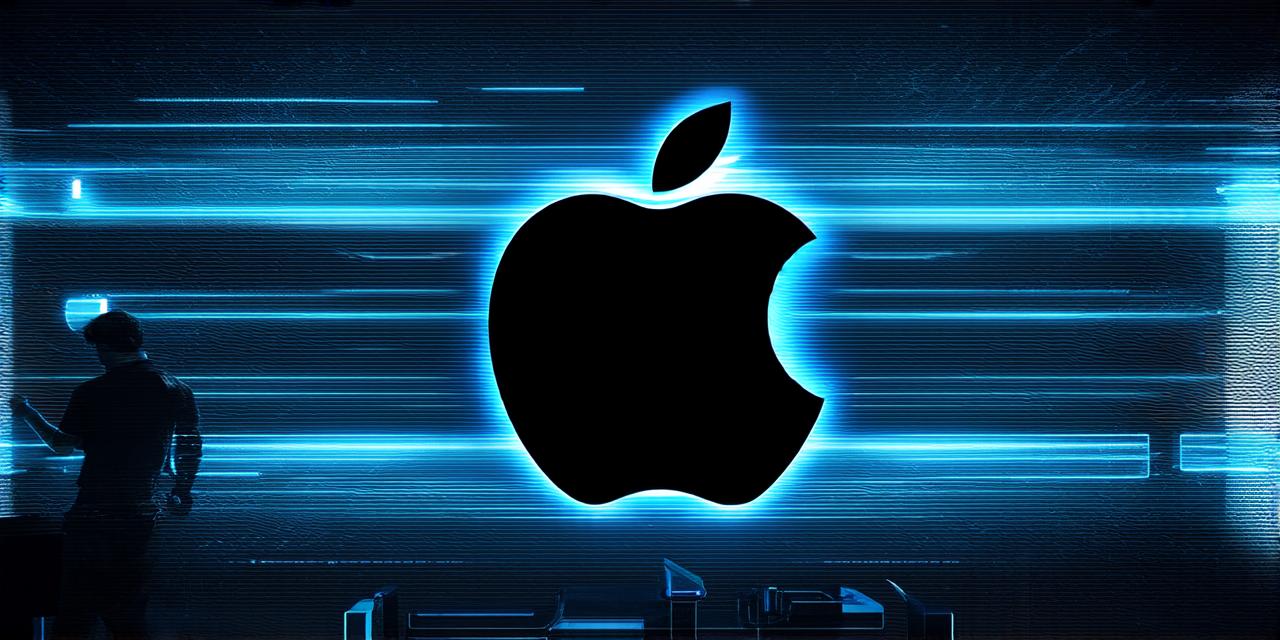Introduction:
Apple’s latest operating system release, iOS 18, is designed to provide users with more personalized and secure experiences. However, as an iOS developer, it is essential to understand the features and implications of this update before implementing them into your app. In this article, we will explore the major changes in iOS 18, their potential impact on iOS development, and how you can optimize your app for this new operating system.
Major Changes in iOS 18:
-
The App Library is a new feature that allows users to organize their apps into different categories, making it easier to find what they need. Developers will have to update their app icons and ensure that they are properly categorized for the App Library to function correctly.
-
Privacy Features
-
iOS 18 includes several privacy-related changes that aim to give users more control over their data. These include:
-
App Tracking Transparency – Apps must request permission to track users across other apps and websites.
-
App Clips – Users can access a subset of an app’s functionality without having to download the full app. This feature is designed to improve user privacy by limiting the amount of data that apps have access to.
-
App Pass Review Process – Developers must now provide a justification for any App Pass review requests, which are used to unlock features within an app.
-
-
Improved Security Features
iOS 18 includes several security-related updates, such as:
-
Passcode Protected Data Encryption – All data stored on the device is now encrypted with a passcode, making it more difficult for attackers to access sensitive information.
-
Sign in with Apple – Users can sign into third-party apps and services using their Apple ID, which provides a secure and private alternative to traditional sign-in methods.
-
-
New ARKit Features
iOS 18 includes several new ARKit features that allow developers to create more immersive augmented reality experiences, such as:
-
Depth API – Developers can use the Depth API to accurately measure depth and distance in real-time, allowing for more realistic AR experiences.
-
Multiplane Persistence – This feature allows developers to store data across multiple planes, making it easier to create complex AR scenes.
-
Raycasting – Raycasting is a new tool that allows developers to detect when an AR object is within range of a user’s device, allowing for more seamless interactions.
-
-
Dark Mode Support
iOS 18 includes Dark Mode support, which allows users to choose between light and dark themes, making it easier on their eyes and reducing battery life. Developers must ensure that their app supports both dark and light modes to provide a consistent user experience across all devices.
Implications of iOS 18 on iOS Development:
The changes in iOS 18 have several implications for iOS developers, including:
-
Compatibility Issues
Developers must ensure that their app is compatible with the latest version of iOS to take advantage of its features and security updates. This may require making changes to the code or updating the app’s minimum supported device.
-
Privacy Concerns

The new privacy features in iOS 18 require developers to be more transparent about how they collect and use user data, which may lead to increased scrutiny from users and regulators. Developers must ensure that their app complies with all relevant privacy regulations and provides clear explanations of how data is collected and used. -
Performance Optimization
iOS 18 includes several performance-related updates that aim to improve the overall speed and stability of the operating system. Developers must optimize their app’s code to take advantage of these improvements, which may require rewriting certain sections or using new APIs.
-
AR Development
The new ARKit features in iOS 18 provide developers with more tools for creating immersive augmented reality experiences. However, this also requires a deeper understanding of AR technology and programming, which may be beyond the capabilities of some developers.
-
Dark Mode Compatibility
Developers must ensure that their app supports both dark and light modes to provide a consistent user experience across all devices. This may require making changes to the app’s design and layout, as well as ensuring that all buttons and controls are easily visible in both modes.
Optimizing Your App for iOS 18:
To optimize your app for iOS 18, you should consider the following best practices:
-
Keep Up with Latest Developments
Stay up-to-date on the latest developments and updates related to iOS development. This will ensure that you are aware of any new features or changes that may impact your app.
-
Conduct Thorough Testing
Conduct thorough testing of your app on different devices and operating systems to ensure compatibility and identify any potential issues.
-
Prioritize Privacy Features
Ensure that your app complies with all relevant privacy regulations and provides clear explanations of how data is collected and used. This will help build trust with users and avoid any legal or regulatory issues.
-
Optimize for Performance
Optimize your app’s code to take advantage of the performance-related updates in iOS 18, which may require rewriting certain sections or using new APIs.
-
Leverage ARKit Features
If applicable, leverage the new ARKit features in iOS 18 to create more immersive augmented reality experiences for your users.
-
Provide Dark Mode Support
Ensure that your app supports both dark and light modes to provide a consistent user experience across all devices.
-
Stay Up-to-Date on Security Features
Stay up-to-date on the latest security features and updates in iOS 18 to ensure that your app is secure and protects user data.
Conclusion:
<p
